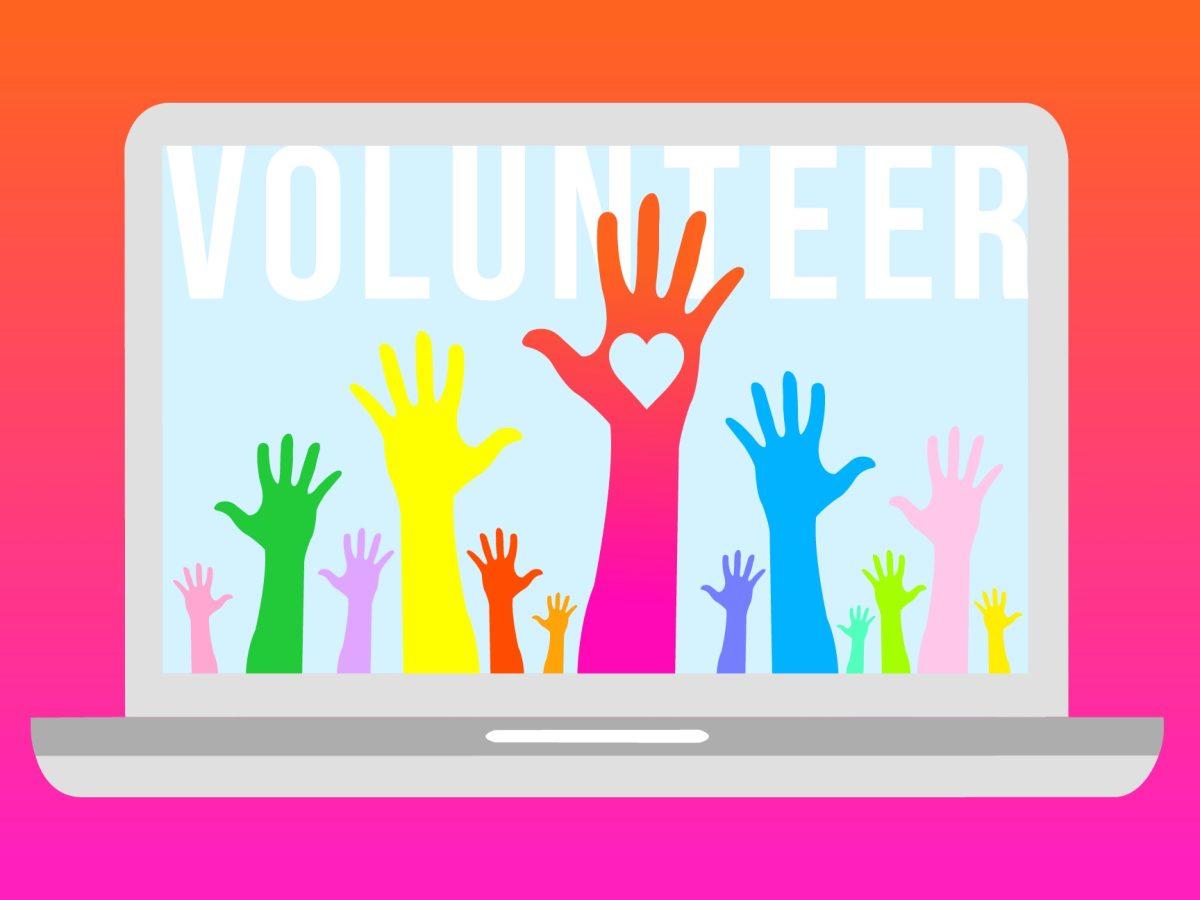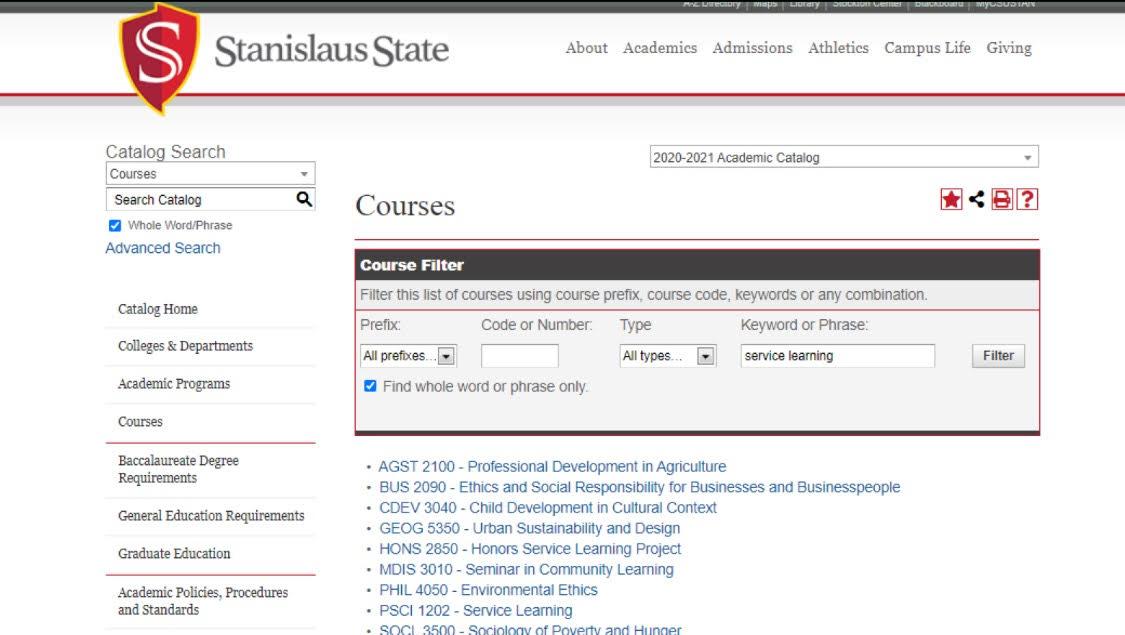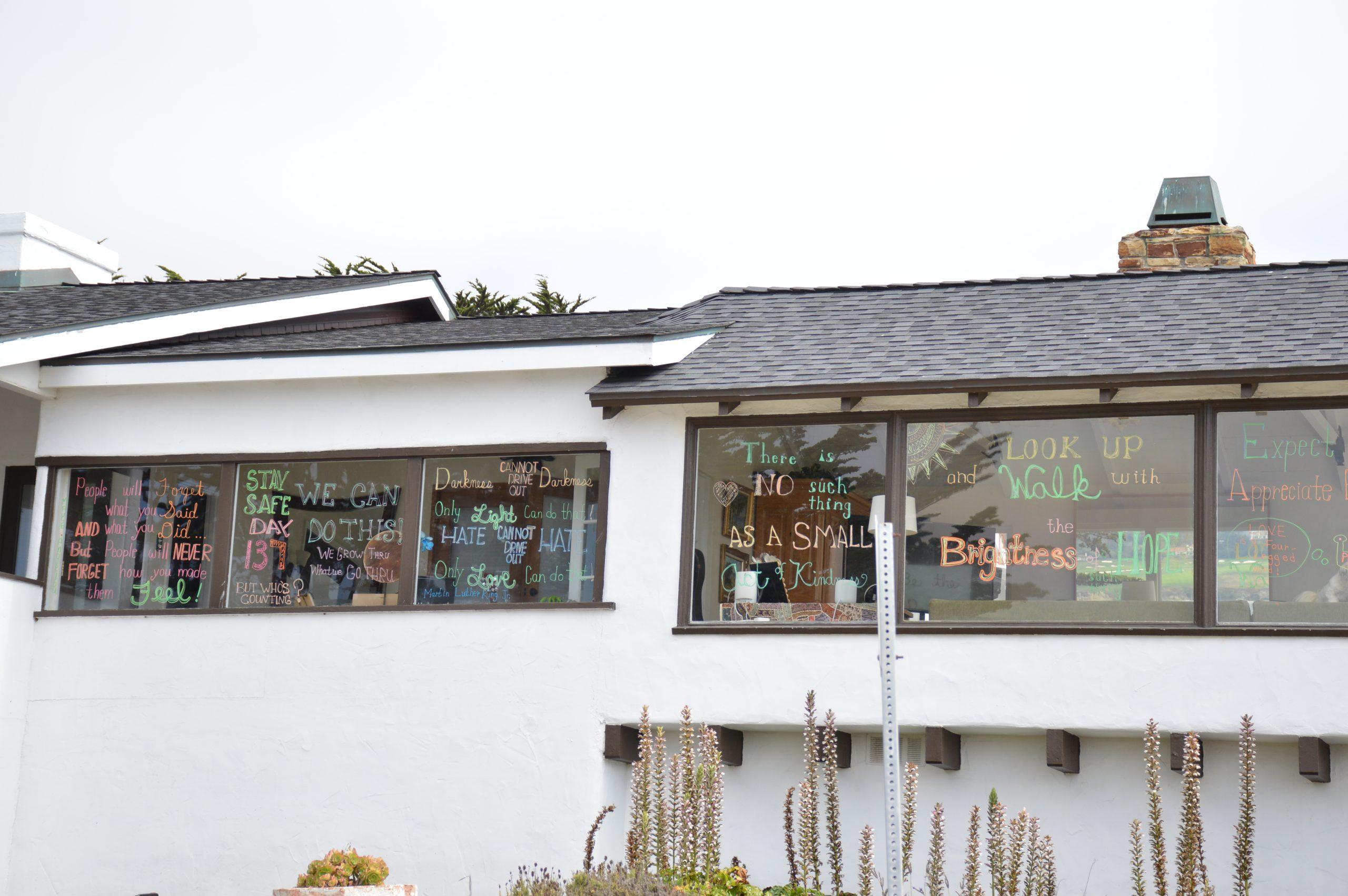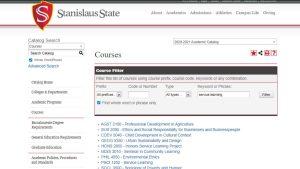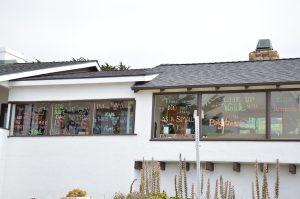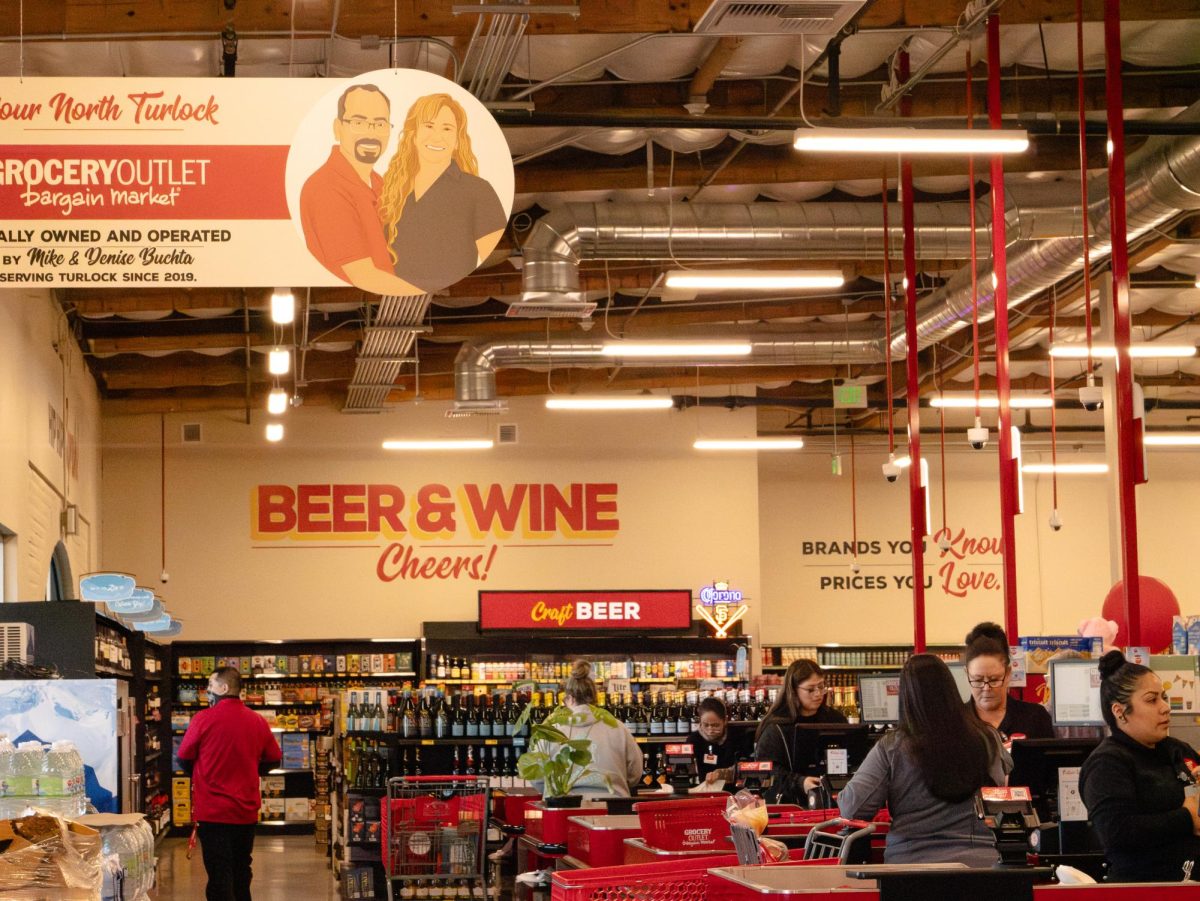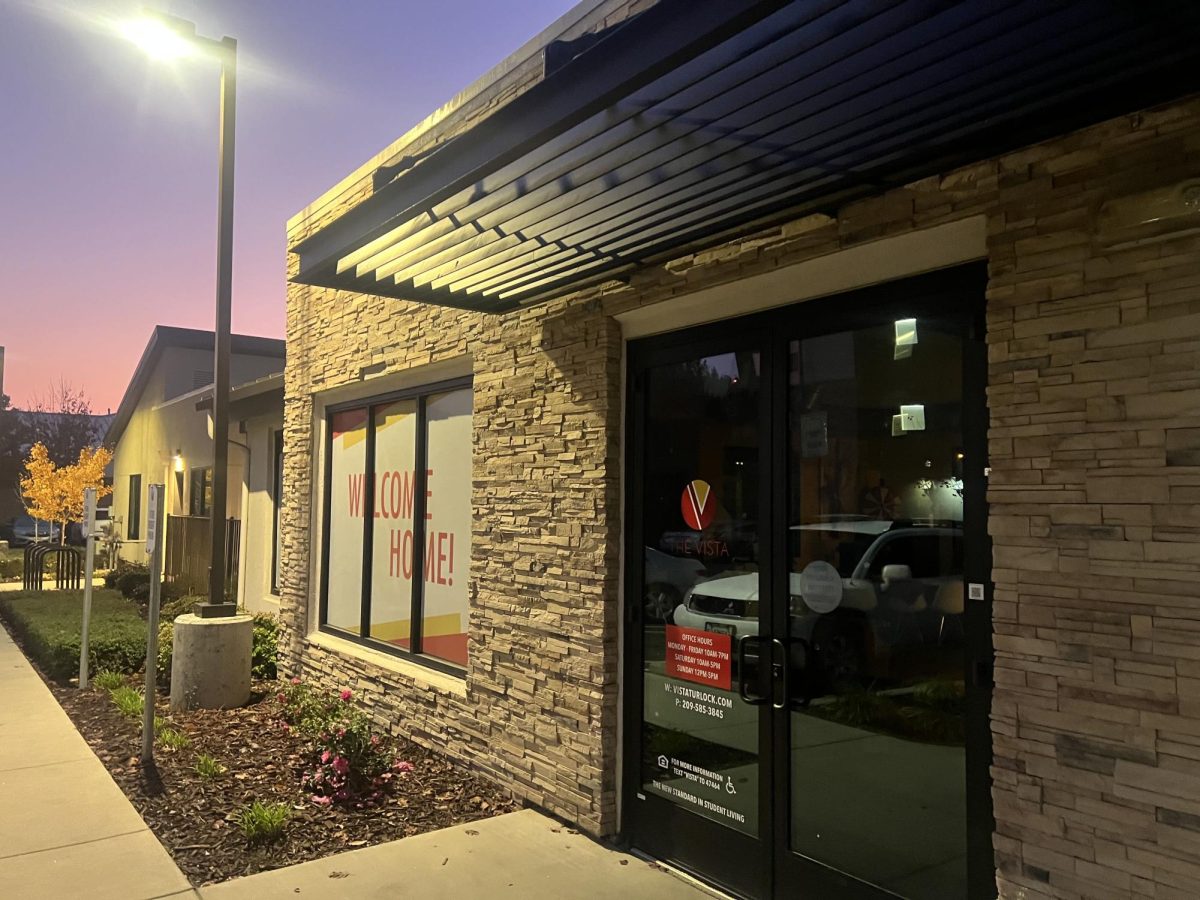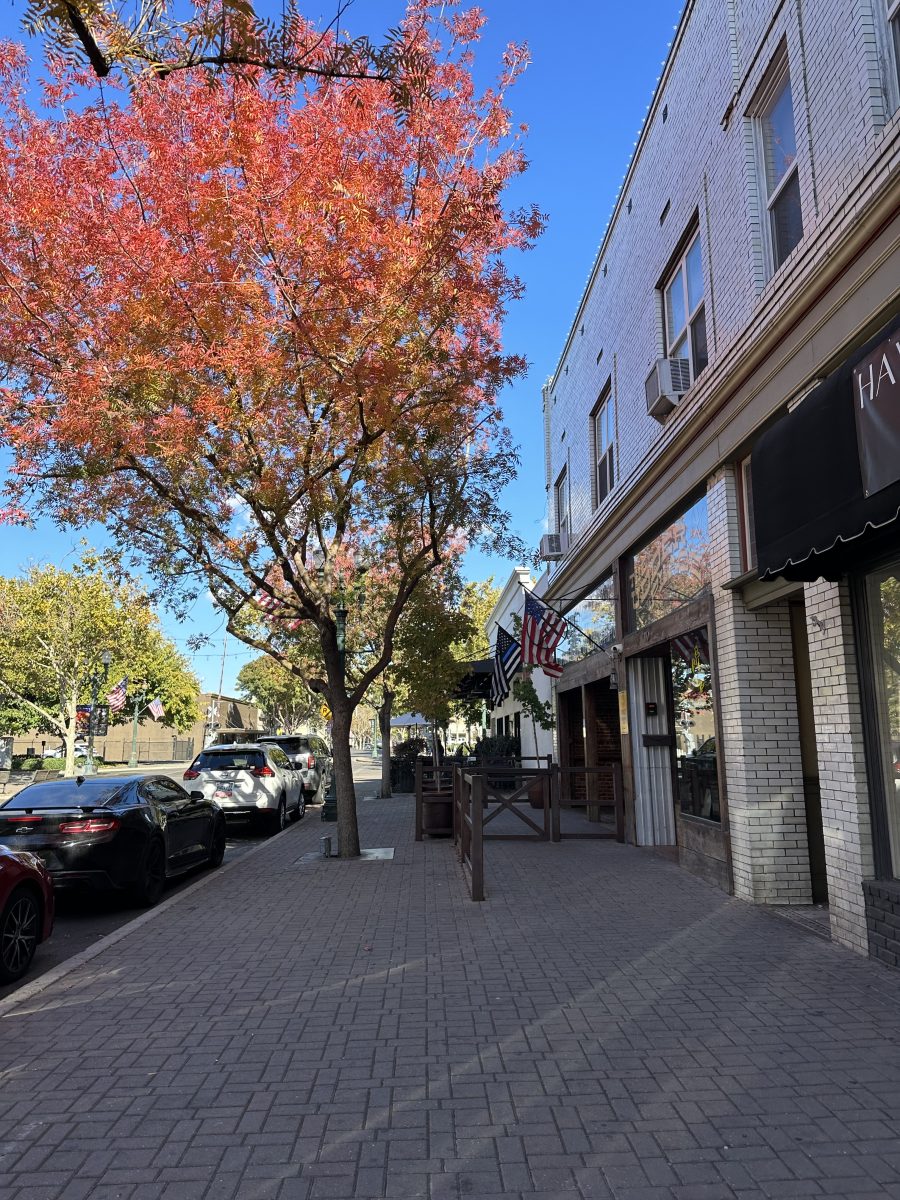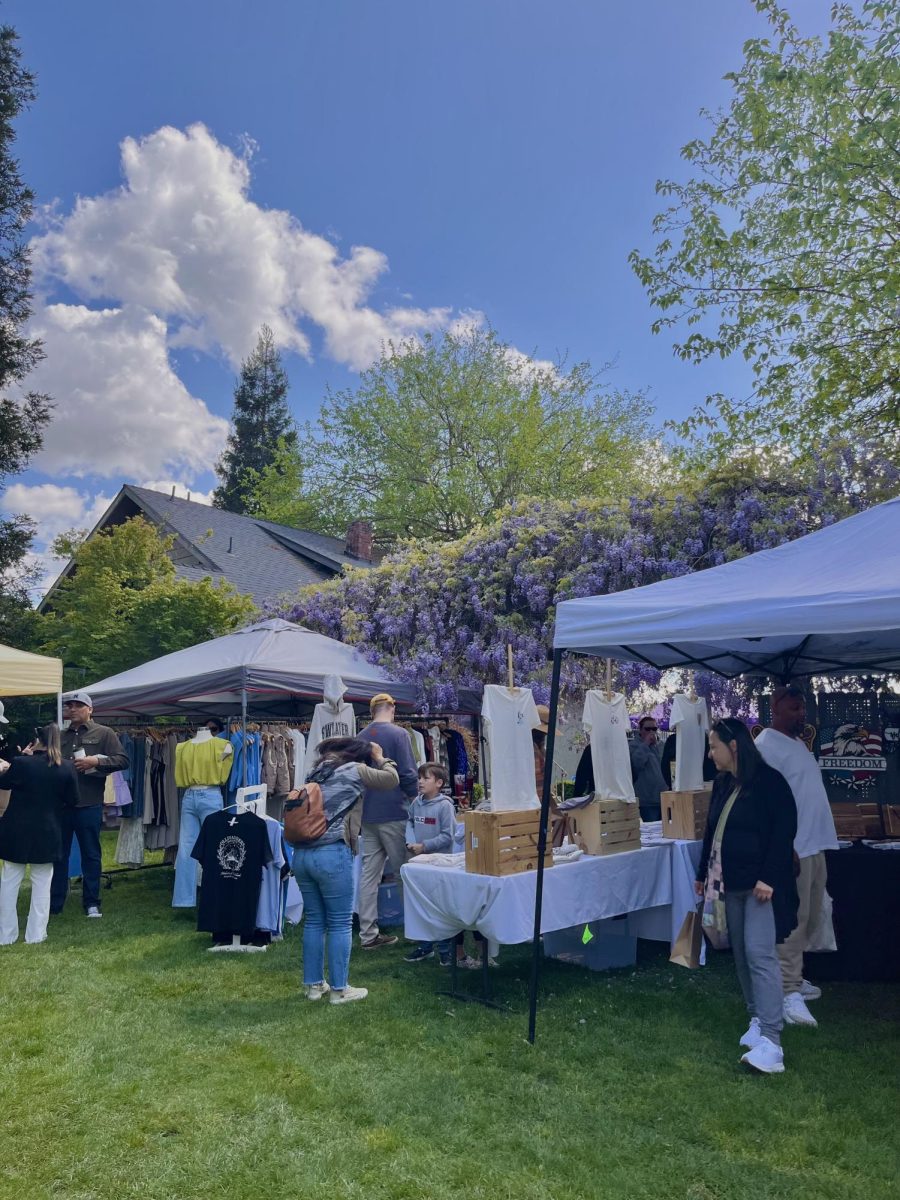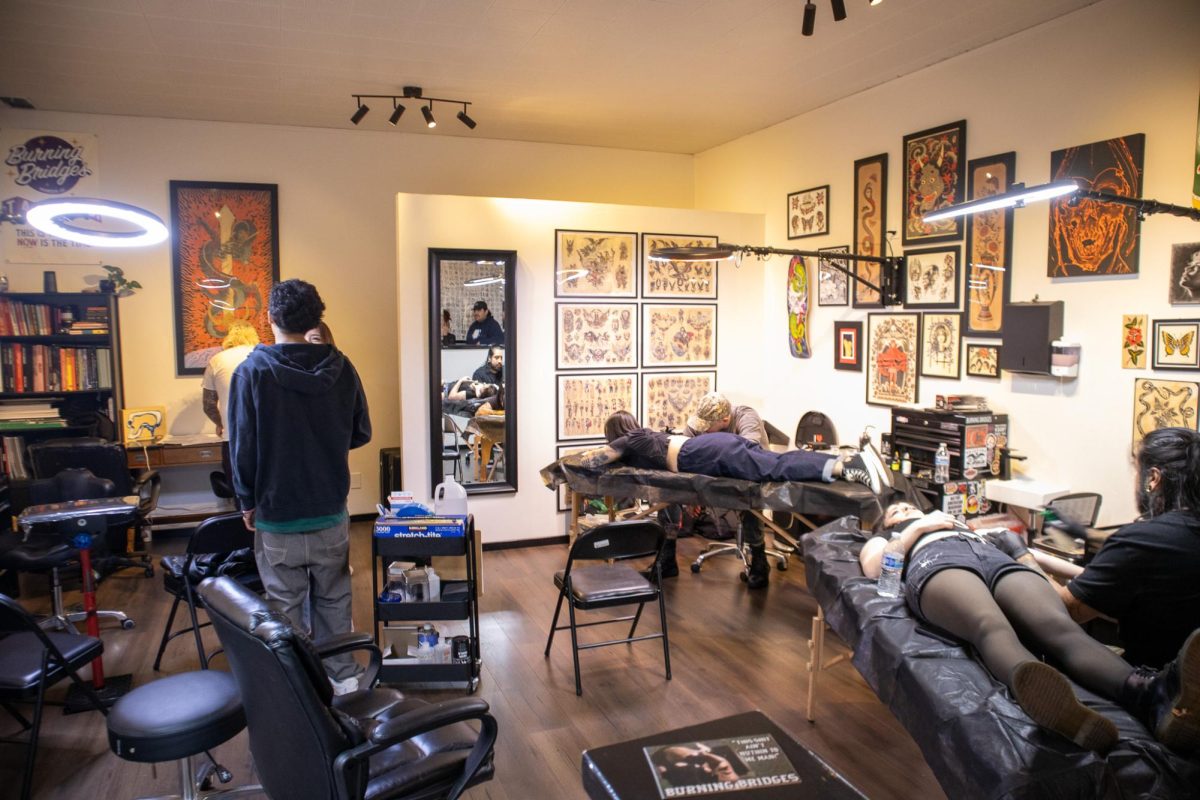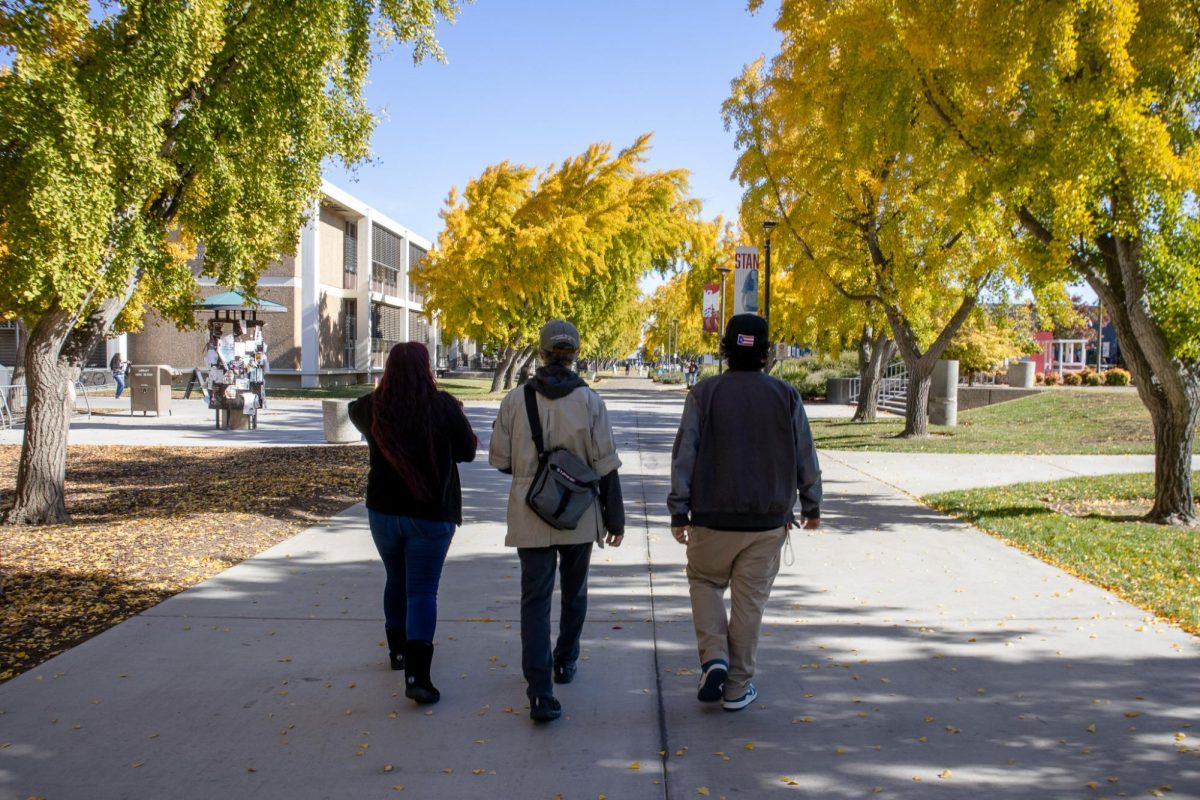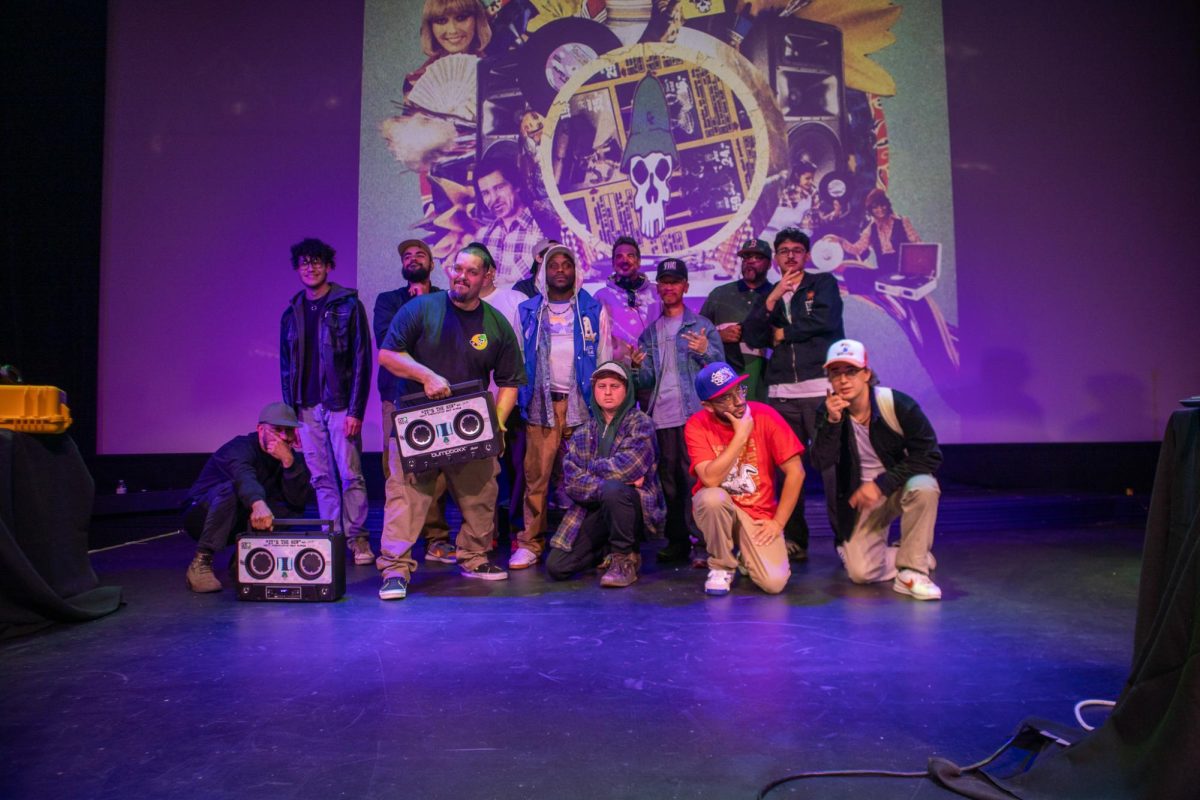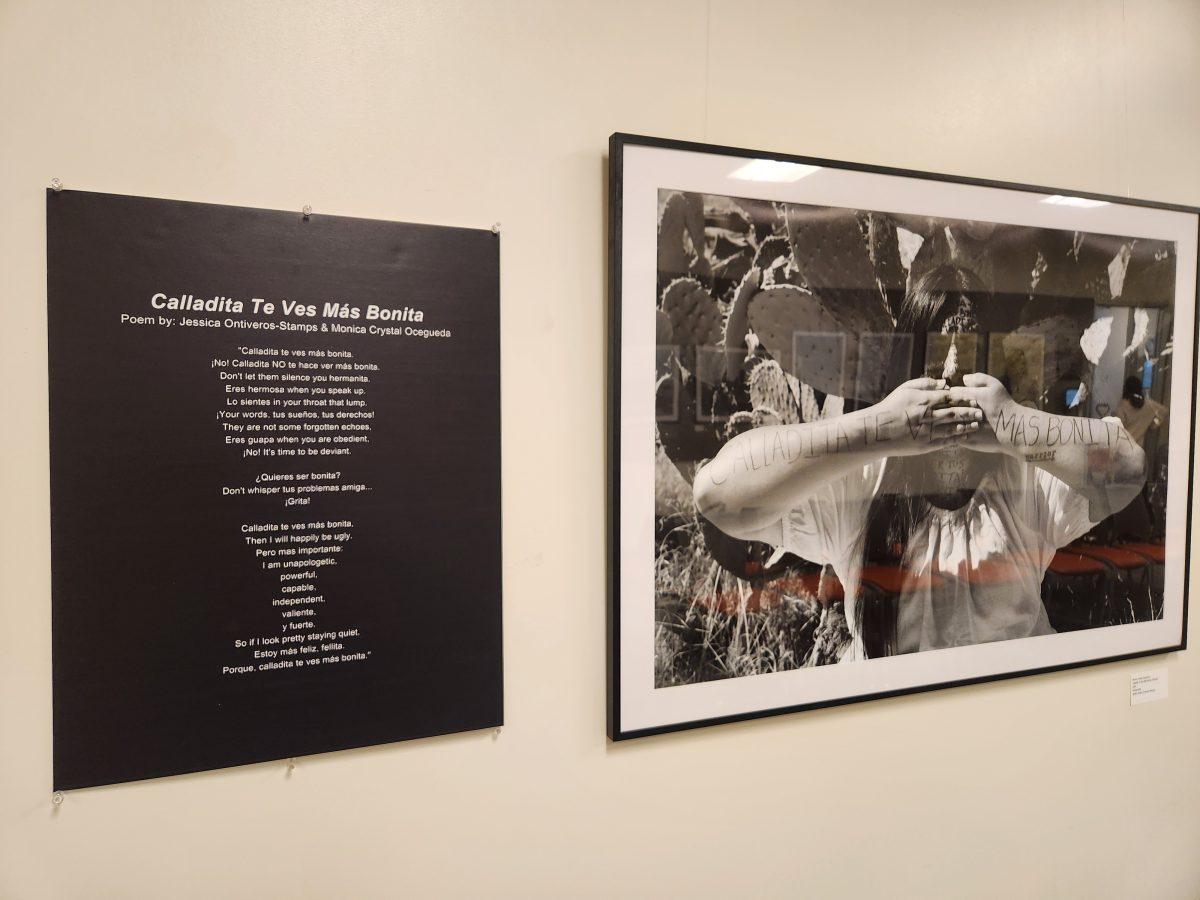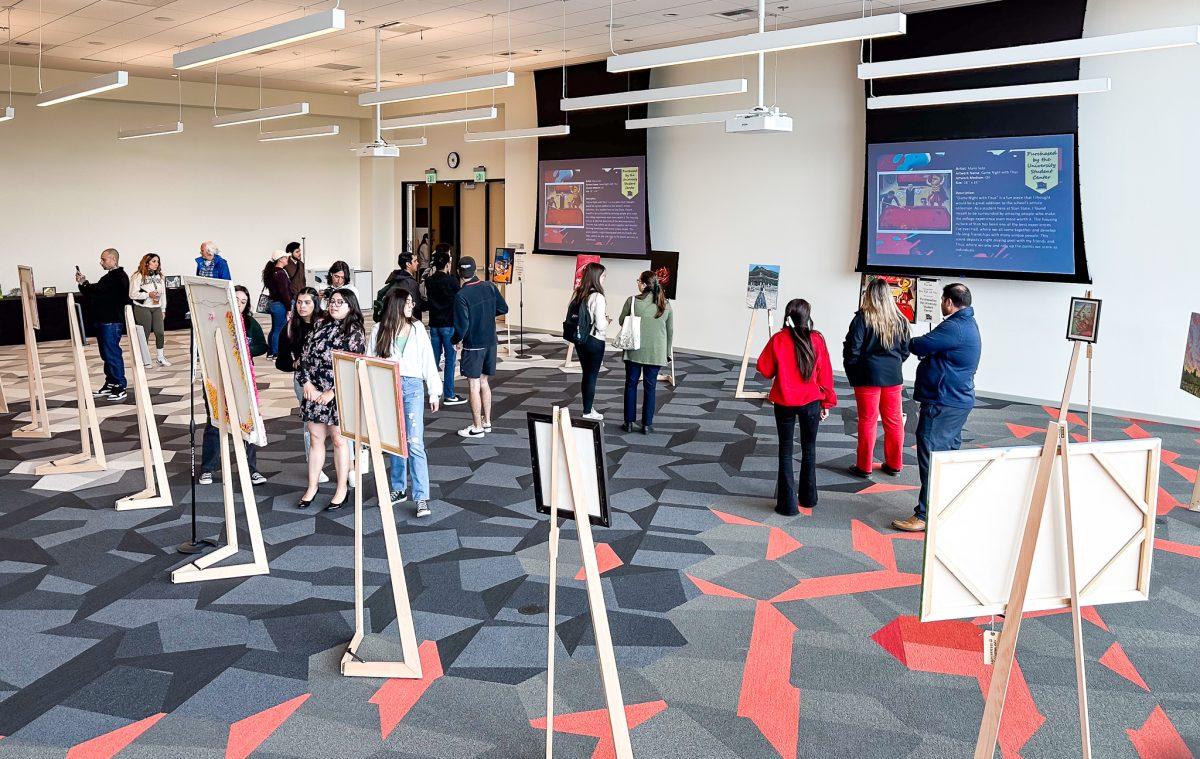According to the CDC’s NIOSH (National Institute for Occupational Safety and Health) Science Blog, the COVID-19 pandemic has adversely impacted people’s economic, psychological, social, and physical health.
Employment and housing insecurity, among other concerns, has increased the need for material needs such as food and clothing, and folks have had to cope with the illness and death of loved ones. At the same time, social distancing protocols and the transition to virtual platforms has changed the way we can serve and volunteer in our communities.
In Turlock, there are many organizations looking for and offering ways to help. For Stan State students, one particularly useful resource is the university’s Office of Service Learning. The Service Learning department provides students with volunteer opportunities and academic internships, the latter of which includes the STEM Ambassador program.
Julie Fox, Director of the Office of Service Learning, describes her hopes and goals for the department. She states, “I’m really hoping that little by little, you know, the folks that go through our program not only become critical thinkers and aware of what’s happening, but that they also realize the value and the need and actually the responsibility of taking care of their communities.”
For students looking for virtual and potentially on-site volunteer opportunities, Fox recommends visiting the StanServes S4 website. Log in with your Stan student credentials and click the “Opportunities” tab to find a list of ongoing internships (some compensated) and available volunteer positions. The Office of Service Learning also provides step-by-step instructions for browsing the S4 website and tracking hours.
For students, faculty, staff and other community members looking for specific local, nonprofit organizations, Fox points to the Turlock Community Collaborative. The Collaborative includes a comprehensive list and descriptions of organizations that opt to participate in the program. Some organizations include the Turlock Police Department, United Cerebral Palsy, Children’s Crisis Center, Cultiva La Salud and the Salvation Army.
Fox encourages anyone with a need or who seeks to fill a need to visit the Collaborative’s Facebook page, which contains recordings of the Collaborative’s monthly meetings, information on COVID-19 vaccination clinics, and connections to rental assistance programs and food drives.
Currently, Stan State does not have a service learning requirement for students, but it does offer various courses with service learning components.
Fox explains that these service learning courses not only allow students to serve their communities while receiving credits, but they offer students a supportive peer group.
“Lots of folks, I feel… Maybe don’t find their group… I worry that the folks that have been here during COVID, it’s been more difficult to access those kinds of peer groups.”
According to Fox, the Service Learning department is a great space for students to dip their toes in the water, as it were. They get to explore different interests with little risk. Eventually, Fox hopes, students can find volunteer work they are passionate about, and will, as a result, be surrounded by other students and community members who share that passion. Such was the case for Stan State student and Signal editor Kerry Young.
Young (senior, Psychology) has volunteered with Turlock’s grief support center, Jessica’s House, since 2019.
“I knew that I wanted to get some experience volunteering somewhere that was a therapeutic setting because I want to be a therapist in the future… I wanted to go to Jessica’s House because I was interested in working with children,” Kerry says. “It’s when you find something that you’re really passionate about, it’s more fulfilling. It makes you feel good.”
In 2019, Young was able to serve in-person as a group facilitator for the Littles children’s group at Jessica’s House, and she experienced the shift from holding groups in the organization’s downtown location (741 E. Main St., Turlock) to holding groups on Zoom.
“At first the transition was difficult. So much of the therapeutic work that we did was reliant on being in person,” Young explains.
Brad Quillen and Ellie Gonzales, staff members at Jessica’s House, describe this shift and the House’s current setup for families.
Quillen, Director of Chaplaincy and Education, states, “It’s been a learning curve in so many ways, but, like I said, I think it was three weeks, maybe four weeks [after the first stay-at-home order], we launched a virtual group, just a reality that things weren’t going to open back up for some time… but I think I think we’ve grown too as a staff.”
Quillen and Gonzales explain that the format of virtual support groups allows adults to occupy a separate Zoom space than the kids; the kids are then split up into groups based on age: Littles, Middles, Teens, and Young Adults. In every group, there are two volunteers and one staff member. In this sense, the virtual platform is run similarly to in-person groups, though families are no longer placed in groups based on the type of loss they have experienced.
One key element of the peer groups has remained consistent from in-person to virtual groups, art activities.
Quillen explains the art activities for each group meeting, which are created in advance for the entire spring session, have been safely supplied to the families via mail or pick ups. These art activities and the conversations around them, considered an important part of working through grief, are successfully facilitated by volunteers online.
“We really figured out how to interact with the kids over Zoom,” Young said. “They’re still getting something out of it… It can be isolating, not having all of our in-person interactions… Overall we handled it well.”
The transition to virtual support at Jessica’s House has greatly impacted the need for volunteers, and not in the way you might expect.
When determining how to run online groups, Gonzales (Outreach, Events and Group Coordinator) says it became clear that fewer volunteers were needed. Additionally, two of the three required training days for volunteers rely heavily on in-person interaction and activities. As a result, there is no active recruitment for volunteers. However, Gonzales strongly encourages Stan State students and other community members to begin their application process if they are interested in volunteering.
Currently, Jessica’s House is expanding to a new location, located at 1225 W. Christoffersen Pkwy. in Turlock, which is much closer to the university. This new center will provide families, especially children, with multiple spaces dedicated to different emotions and sensory activities.
Gonzales states, “I love our volunteers and especially with our new center in so many different rooms like our hospitality greeters, we’re gonna need so many more every night just to make sure that all the children are safe and the families know where to go.”
Gonzalez is particularly optimistic about the new location’s proximity to the university, considering it an opportunity to foster deeper relationships between Jessica’s House and Stan State students and faculty.
“I know a lot of students, their schedules are kind of a little bit more flexible… Maybe we can even merge something with Stan State where some students can come in and volunteer a few hours during the day. So we’re just trying to be hopeful and develop this, and maybe even some trainings with professors as well,” Gonzales states.
Both Gonzales and Quillen spur potential volunteers to begin the application process on the Jessica’s House website. By doing so, these future volunteers can learn more about the House’s mission, get to know its staff, and look forward to how they might contribute when families can come together, in-person, in the new space.
Jessica’s House is not the only organization the Turlock community can serve alongside. As the Turlock Community Collaborative highlights, there are many groups looking for volunteers, interns, and general assistance right now.
As Fox explains, “There’s so much to be interested in the Valley. It’s a blessing and a curse that we have so many people in need here that we’ll never run out of things to do. That’s a sadness. But the thing I love about the Valley is that it’s still small enough that you can make a difference here, right?… Students don’t realize their power.”
Jeffrey Braezeale, Corps Officer of the Salvation Army’s Turlock branch, elaborates on Fox’s point. He claims that as a result of the pandemic, “We’ve seen an uptick in need… in food and other resources.”
Some of the primary areas of need that the Turlock Salvation Army seeks to fill are utility and rental assistance, vouchers for clothing and food, and access to emergency housing.
While the Salvation Army provides care for families and children, Baezeale explains that it also works heavily with the senior population. Throughout the stay-at-home orders and other restrictions during the pandemic, the Salvation Army has made provisions directly to seniors’ houses. By the nature of the organization’s work, providing physical materials to the community, most volunteer opportunities are in-person.
During the holiday season, the Turlock Together cooperation, headed by the Salvation Army, runs a Christmas foodbox and toy distribution. Barrels for donations are filled and collected from local businesses, and the donations are then packaged and distributed to the community. Last year, volunteers wore masks and gloves while packaging.
However, Braezeale says that the Salvation Army continues to adjust to conducting work online. He hints at potential virtual volunteer opportunities by stating that anyone who has experience in streaming or knows how an organization can benefit from setting up an online presence would be a major help. “Social media runs our lives now,” Braezeale explains. “Being active and online today is almost as important as handing out flyers.”
Like Fox, Braezeale informs students that the best way to gain experience and discover something you are passionate about is through volunteer work. “Be persistent. Be willing. You may not find your perfect match, but there is always a need to be filled,” he says.
Young agrees, saying “In your 20s, you’re focusing on yourself… that’s necessary, but volunteering allows you to focus on someone else’s needs. There are other things out there besides your life and what you’re doing… It rounds out your day to day experiences.”
College students of any age are capable of making great impact in their communities through volunteer work.
“Everything that you see happen, sometimes as a student you think, ‘Oh I could never do that because I don’t know how or I don’t know why.’ There’s no set of instructions, everyone is just doing the best they can… You know there isn’t a book of instructions on how to live your life. Just go out there and try it, and you can achieve much more than you give yourself credit for right? You have the power in you… Get out there and figure it out and get us out of the messes that we’re in,” Fox urges.
Young views student participation in local volunteer work as a key way to build strong connections between the university and its community. She explains, “It [volunteering] is important for students. It does benefit Stan State, as well. The community gets to see students in action. It might encourage community members to give back to the campus.”
For those with the means, the Salvation Army is always looking for monetary contributions and donation of goods. Donations can be provided to general or local funds.
For more information about peer support groups offered by Jessica’s House, email [email protected]. The House also provides peer support and other resources for families who have experienced a death from COVID-19.

